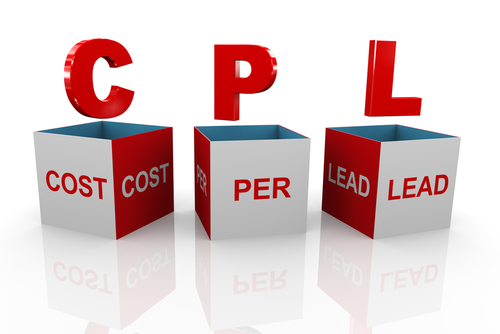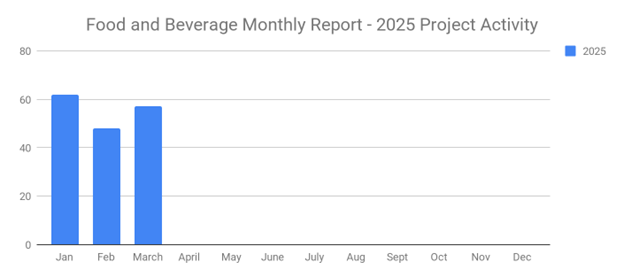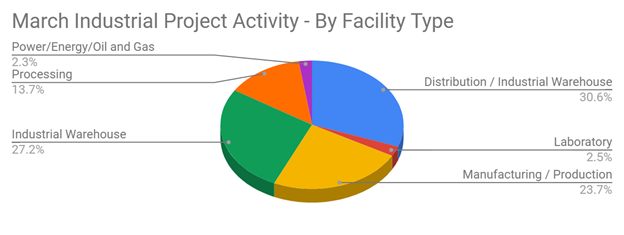
You can't ignore cost per appointment when soliciting appointments from your B2B company's target audience. It represents the average cost incurred by your B2B company per appointment.
Appointments aren't always free. Depending on how you acquire them, you may have to pay for advertising, tools, services and other related expenses. Rather than turning a blind eye to these expenses, you should track your B2B company's cost per appointment. You can then work to lower your B2B company's cost per appointment. A lower cost per appointment means your B2B company will spend less money on appointment setting, resulting in higher profits and greater long-term success.
Seek Referrals From Existing Buyers
You can lower your B2B company's cost per appointment by seeking referrals from existing buyers. Statistics show that referrals are responsible for roughly 65% of all sales opportunities in the B2B industry. Only about one in three sales opportunities come from other sources.
Referrals are word-of-mouth recommendations. If a buyer was satisfied with his or her purchase, the buyer may recommend your B2B company to a colleague. Referrals such as these can yield new appointments for your B2B company. You can set up an appointment with the colleague, after which you can convert him or her into a buyer with a compelling sales proposition. Seeking referrals from existing buyers is a low-cost marketing technique, so it will naturally lower your B2B company's cost per appointment.
Focus on Decision-Makers
Not all prospects have the authority to make purchasing decisions on behalf of their businesses. And if a prospect can't make purchasing decisions, he or she may not be able to able to make appointments, either. Soliciting appointments from these low-level workers is often a waste of time and money. To lower your B2B company's cost per appointment, try to focus on decision-makers.
Decision-makers are workers in the B2B industry who hold a high-level position. Some of them are Chief Executive Officers (CEOs). Others are Chief Technical Officers (CTOs) or business owners. Regardless, they hold a high-level position that gives them the authority to make purchasing decisions. With this authority, they can typically make appointments with sales reps.
Launch an Email Newsletter
Another way to lower your B2B company's cost per appointment is to launch an email newsletter. Email newsletters are used in marketing campaigns. They consist of a series of emails that are sent to a list of subscribers. As you build a list using an opt-in form, you can send marketing emails to solicit appointments.
According to Constant Contact, email marketing has an average return on investment (ROI) of 3,600%. Spending $1 on email marketing, for instance, may net your B2B company $36 in revenue. Launching an email newsletter is an easy way to leverage email marketing. With an email newsletter, you can engage your B2B company's target audience with valuable content while simultaneously soliciting appointments from them -- all at little or no monetary cost to your B2B company.
If you're going to launch an email newsletter as part of your B2B company's appointment setting strategy, you should include a strong call to action (CTA) in your emails. The CTA should say something along the lines of "Book an Appointment to Get Started." It should also feature a link to an appointment page. Prospects can click this link to book an appointment.
Be Flexible When Soliciting Appointments
You should be flexible when soliciting appointments from prospects. In other words, give prospects multiple options when scheduling an appointment. If you force them to choose a single date and time, they may reject your offer for an appointment. By giving them multiple options, more prospects will book an appointment. As a result, you'll secure more appointments while spending less money on marketing in the process.
Forcing prospects to choose a single date and time will have a negative impact on your ability to secure appointments. You'll have to consume time and money on appointment setting still, but you can expect fewer appointments. For a more effective appointment setting strategy, be flexible. More prospects will book an appointment if you're flexible.
Confirm Appointments
Don't forget to confirm appointments. Some prospects will inevitably forget about their appointments. A prospect may book an appointment with your or another sales rep at your B2B company. When the appointment date and time rolls around, though, the prospect may forget.
When should you confirm appointments exactly? Most B2B marketing and lead generation experts recommend confirming appointments 24 to 48 hours beforehand. You don't have to confirm appointments manually. Rather, you can automate this process. You can send prospects an automated email or text message, for example, asking them to confirm their appointments.
Use Inbound Appointment Setting
You can use inbound appointment setting to lower your B2B company's cost per appointment. Marketing strategies can be described as inbound or outbound. Inbound strategies are those that attract prospects. They typically revolve around high-quality, non-promotional content. Outbound strategies, conversely, are those that directly engage prospects with an offer. Outbound strategies include paid forms of promotion, such as pay-per-click (PPC) ads, commercials, direct mail advertising, etc.
Inbound appointment setting costs less than outbound appointment setting. As previously mentioned, most outbound strategies are forms of paid promotion. Inbound strategies are not forms of paid promotion; they typically consist of content marketing tactics that cost little or nothing.
Combine In-House With Outsourced
For a lower cost per appointment, you should combine in-house with outsourced methods such as SalesLeads' Prospecting Services. In-house appointment setting methods, of course, are those that your B2B company performs internally. Outsourced methods are those that your B2B company purchases from a third party.
Some sales reps assume that in-house methods are always cheaper than outsourced methods. In some cases, this is true. But you have to remember that third-party lead generation specialists know how to identify and communicate with prospects to secure appointments. You can still use in-house methods, but you should partner with a lead generation specialist as well. Combining both types of methods will result in more appointments and a lower cost per appointment.
What to learn more? Get in Touch
Latest Posts
-

Expanding Your Footprint Using Industrial Business Development
-

183 New Distribution and Supply Chain Planned Industrial Projects in March with Space X Leading the Way
-

March 2025 Produced 57 New Food and Beverage Industry Planned Projects with Activity in Ohio, Pennsylvania and South Dakota
-

Planned Industrial Construction Projects Jumped 3% in March 2025

